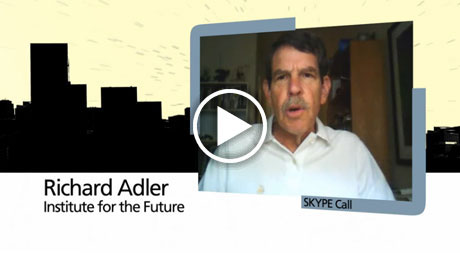What About Apps and Social Media?
Every day the mobile health industryThe field focused on using mobile devices as tools in medicine and public health. It is sometimes called "mHealth." makes strides that help make healthy living easier. Smartphones and personal monitoring devices continue to become more intuitive and useful. Even though current technology is very powerful, a gap exists between those who use it and those who do not.
This gap occurs because of prohibitive costs and intimidating interfaces, which means that these new technologies aren't always helping the most vulnerable populations. Texting is everywhere regardless of the type of phone a person has, it doesn't require more expensive "smart" phones or anything to download, and its costs are minimal, particularly for lower income populations.
Twitter, Facebook, Instagram and other phone-based social media platforms are immensely popular among some audiences. They can be used and should be used be used during emergencies to share important information and quell rumors. They don't take the place of a texting program, which are typically focused on topics of interest to specific audiences.
Top Facts
Texting isn't just for teenagers. Countless research studies suggest that it's a practical technology for almost everyone. Here are some facts that may surprise you.
- In 1995, 13% of the U.S. population owned cell phones, (CTIA—The Wireless Association, Wireless Quickfacts, Mid-Year figures, 2011); but as of January 2014, 90% of adults owned cell phones. (PewResearch.org)
- 97% of Americans ages 18-29 send text messages. (PewResearch.org)
- More than 2 trillion texts were sent in the U.S. in 2012. (CTIA—The Wireless Association, Wireless Quickfacts, Year-End figures, 2012)
- Texting is more widely used by African Americans and Latinos than whites. (PewResearch.org)
- 81% of American cell phone owners send or receive text messages. (PewResearch.org)
- In 2013, mobile users in Europe, Asia and the United States checked their phones 150 times per day, on average. (Kleiner, Perkins, Caufield & Byers)
Why These Facts Matter
Stanford University innovator BJ Fogg describes cell phones as "a heart, a wristwatch, and a magic wand." A heart because people are emotionally attached to their phones, even going so far as to say they're "addicted" or can't live without them. A watch because people carry their phones on them at all times. And a magic wand, because a cell phone can do so many things—it is a supercomputer inside the pockets of almost every American.
By ignoring the potential of this powerful communication device, public health agencies are missing great opportunities to make a difference.
Yet, with this great opportunity comes risk. To really reach people's hearts (or their cell phones) you have to gain their trust and offer them a service that is valuable. This is best accomplished by providing personalized messages and content. If you fail to offer value, your end-user won't let you connect with them.
Keep going to learn How it Works.


